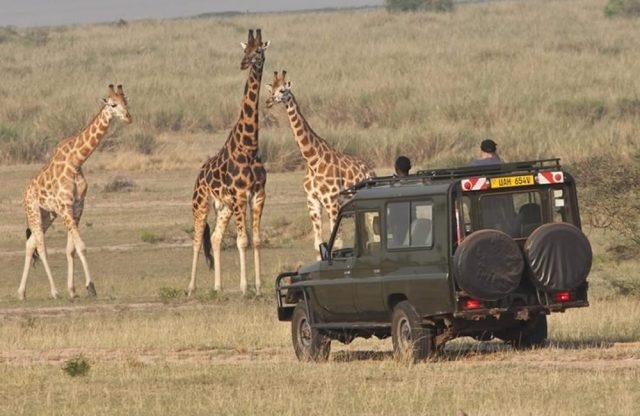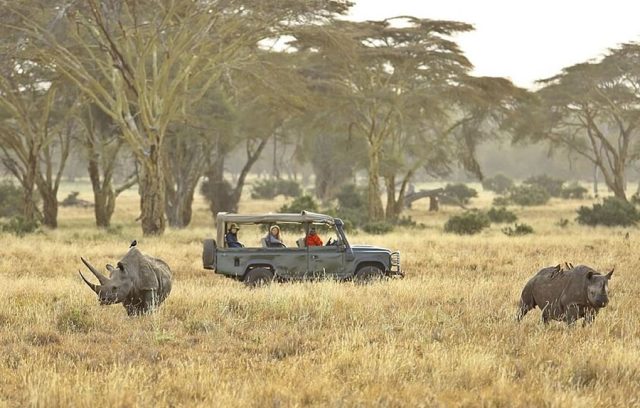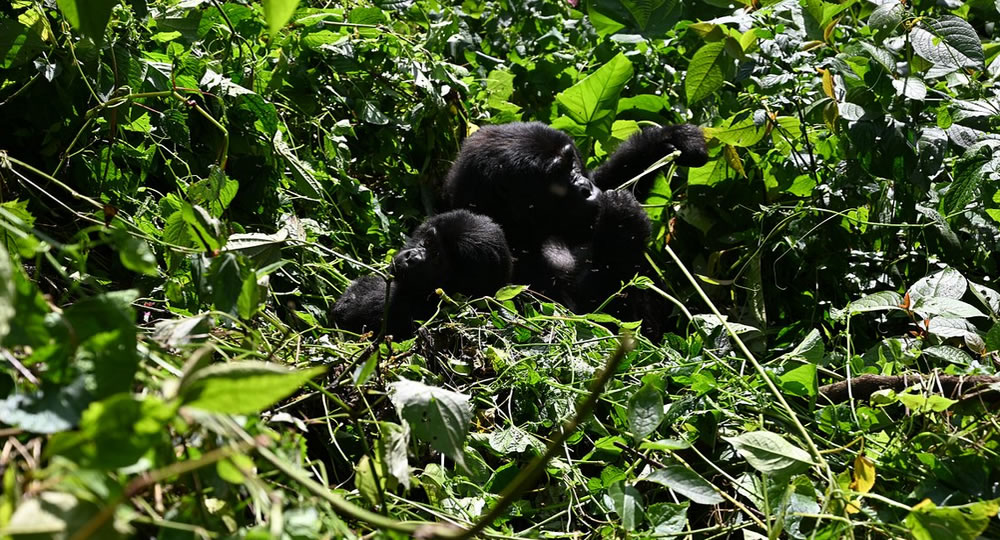Choosing the Right Transmission for Self Drive Safari
When planning a safari in East Africa, one important decision you’ll need to make is whether to rent a vehicle with a manual or automatic transmission. Each type has its own advantages and disadvantages, and the right choice depends on your preferences, driving experience, and the terrain you’ll be covering. In this article, we will discuss the differences between manual and automatic transmissions, the factors you should consider when making your choice, and which type might be more suitable for your self drive adventure in East Africa.
Understanding the Basics: Manual vs. Automatic
- Manual Transmission: A manual transmission, also known as a stick shift, requires the driver to manually change gears using a clutch and gear stick. The driver needs to press the clutch pedal to disengage the gear, change to the desired gear, and then release the clutch. Driving a manual vehicle can be more engaging and gives you greater control over the car’s performance.
Manual Transmission Vehicles
- Toyota Land Cruiser LX 76
Description: The Toyota Land Cruiser LX 76 is part of the 70 Series and is widely used for safaris in East Africa due to its ruggedness, reliability, and off-road capabilities. The LX 76 model is known for its strong 4×4 system, which can handle rough terrain, steep inclines, and off-road conditions found in East African national parks like the Serengeti, Maasai Mara, and Amboseli. Typically, 5 seats and its Popular for group safaris, especially when rough road conditions are expected.
- Toyota Land Cruiser 78 Series
Description: The Toyota Land Cruiser 78 Series is a rugged 4×4 vehicle, often used by safari operators for its ability to handle difficult roads and off-road conditions. The 78 series is built for heavy-duty performance and is ideal for navigating through East Africa’s wild terrain. It is often used for extended safaris and game drives, offering both durability and comfort for travellers. Typically, 6 seats and its Popular in the Maasai Mara, Serengeti, Tsavo, and other areas with rugged terrains.
- Toyota Land Cruiser 8-Seater
Description: A popular choice for group safaris, the 8-seater version of the Toyota Land Cruiser offers spacious seating while maintaining off-road capabilities. This vehicle is often configured with a manual transmission for greater control on East Africa’s unpaved roads. It’s built for rugged terrain and long-distance drives, ensuring a safe and comfortable safari experience. Typically, 8 seats and its Commonly used for guided safaris and tours in national parks and game reserves.
- Automatic Transmission: An automatic transmission, on the other hand, shifts gears automatically without the need for the driver to manually change them. In an automatic vehicle, the car’s system selects the appropriate gear based on the speed and engine load. The driver only needs to accelerate and brake, which makes automatic cars easier to drive, especially for those who aren’t familiar with manual transmission vehicles.
Automatic Transmission Vehicles
- Toyota Prado
Description: The Toyota Prado is a mid-size luxury 4×4 SUV with automatic transmission, making it easier for tourists to drive without worrying about manual gear shifting. Its automatic transmission is ideal for those looking for a comfortable and relaxed safari experience, especially on smoother roads or less rugged terrain. The Prado is also known for its comfort, space, and ability to navigate through East Africa’s national parks with ease. Typically, 5 seats and its Popular in safari destinations like the Maasai Mara, Serengeti, and Amboseli, especially for families and tourists preferring comfort.
- Toyota Land Cruiser V8
Description: The Toyota Land Cruiser V8 is a high-performance luxury 4×4 vehicle known for its powerful engine, comfort, and capability. It comes with an automatic transmission, making it an excellent choice for those who want a more relaxed driving experience without sacrificing off-road capabilities. The V8 model is ideal for long safaris that require both comfort and power, and it is often used by tour operators to offer a premium safari experience. Typically has 5 seats and frequently used in high-end safaris and luxury travel, particularly in well-known destinations like the Serengeti, Maasai Mara, and Ngorongoro Crater.
Factors to Consider When Choosing Between Manual and Automatic
- Terrain and Road Conditions in East Africa: East Africa is home to diverse landscapes, and the roads you will travel on during your safari can vary significantly. Some areas have well-maintained highways, while others feature rugged, off-road trails. The type of terrain you’ll be driving on should influence your decision between a manual and automatic vehicle.
- Manual Transmission: Manual vehicles are generally better for off-road and rugged terrain. Many of the safari routes, especially in places like Tanzania’s Serengeti or Kenya’s Maasai Mara, involve driving on dirt roads, rocky paths, and areas with little to no tarmac. A manual transmission allows you to have more control over the car, especially when going up or down steep inclines or driving through challenging conditions. The ability to select the right gear for rough roads can make the experience more manageable.
- Automatic Transmission: While automatic vehicles are more convenient for regular driving, they can sometimes struggle on steep, uneven surfaces. In an automatic car, the system might shift gears too early or too late, causing the vehicle to lose power or struggle to climb a steep hill. However, modern 4×4 automatic vehicles have improved significantly, and some are capable of handling difficult terrain quite well. If you are mostly staying on paved roads or well-maintained dirt tracks, an automatic car may be sufficient for your needs.
- Driving Experience and Comfort: Another factor to consider is your personal comfort with the type of transmission. Some people are more familiar with and comfortable driving manual vehicles, while others prefer the ease of driving an automatic car.
- Manual Transmission: If you are used to driving manual vehicles, you might find that driving a manual car on a safari gives you more control and a better connection to the vehicle. Manual transmissions are also typically more fuel-efficient and give the driver more flexibility in choosing gears for specific driving conditions. However, driving a manual on long, smooth roads or in heavy traffic can be tiring, as you will need to constantly shift gears.
- Automatic Transmission: For drivers who aren’t accustomed to shifting gears manually, an automatic vehicle is much easier to drive. You won’t have to worry about pressing the clutch, changing gears, or shifting during difficult driving situations. This can make driving a lot less stressful, especially if you’re traveling long distances on smooth roads. Automatic vehicles are also easier for beginners or those who may not be confident in driving a manual car in challenging conditions.
- Fuel Efficiency and Maintenance Costs: Fuel efficiency and long-term maintenance costs are important considerations, especially if you’re planning to drive long distances during your safari. These costs can add up quickly, so it’s worth considering the differences between manual and automatic vehicles in this regard.
- Manual Transmission: Manual vehicles tend to be more fuel-efficient than their automatic counterparts. Because the driver has more control over gear selection, they can adjust driving to optimize fuel consumption. In addition, manual transmissions are simpler mechanically, meaning they are often cheaper to maintain and repair in the long run. For long trips, especially on rugged terrain, the fuel savings and lower maintenance costs can be significant.
- Automatic Transmission: While automatic vehicles are generally less fuel-efficient than manual vehicles, recent advances in technology have improved fuel economy in modern automatic cars. Some newer models of automatic 4×4 vehicles feature automatic transmission systems that can switch to a more fuel-efficient mode. However, automatic transmissions are often more expensive to repair if they break down. Additionally, due to the complexity of the automatic system, repairs can be more costly compared to manual transmission systems.
- Availability of Vehicles in East Africa: When renting a vehicle for your safari, it’s important to know what options are available. In East Africa, manual transmission vehicles are more commonly rented, especially for off-road and safari purposes. This is because manual vehicles are seen as more reliable and suited to the region’s tough roads and conditions.
- Manual Transmission: Manual 4×4 vehicles are often the go-to choice for safari rental companies in East Africa. This is due to their proven reliability on rough terrain and their lower maintenance costs. If you’re planning a more adventurous safari with off-road travel, you’ll likely find that manual vehicles are the most available option.
- Automatic Transmission: While not as common, automatic vehicles are becoming increasingly available, particularly in newer models or for tourists who prefer an easier driving experience. Some rental companies may offer automatic 4×4 vehicles, but you may need to book them in advance to ensure availability. If you’re staying mostly in areas with paved roads or less challenging terrain, you might find it easier to rent an automatic vehicle.
- Cost and Rental Terms: Cost is always a significant factor in choosing your safari vehicle, and this applies to both manual and automatic transmissions.
- Manual Transmission: Manual vehicles are often cheaper to rent compared to automatics. Because manual vehicles are more common and simpler in design, rental prices tend to be lower. Additionally, they are usually less expensive to repair and maintain, so the rental company may offer them at a more affordable price.
- Automatic Transmission: Automatic vehicles tend to have a higher rental rate due to their increased demand from tourists who prefer an easier driving experience. You may also encounter additional fees or charges for automatic transmission vehicles, depending on the rental company. However, the extra cost may be worth it for those who want a more relaxing and straightforward driving experience.
Conclusion
Both manual and automatic vehicles have their advantages and disadvantages when it comes to a self driving in Africa. If you are driving through rugged landscapes and want more control over your vehicle, a manual transmission might be the best choice.
However, if you prefer a simpler, less tiring driving experience, an automatic transmission may be the way to go, especially on smoother, more paved roads. Ultimately, the choice between manual and automatic will depend on your driving experience, preferences, and the type of safari you’re planning. Either way, you’ll have an unforgettable adventure, whether you’re navigating the wild terrain of the Serengeti or cruising along the scenic roads of Kenya’s Maasai Mara.
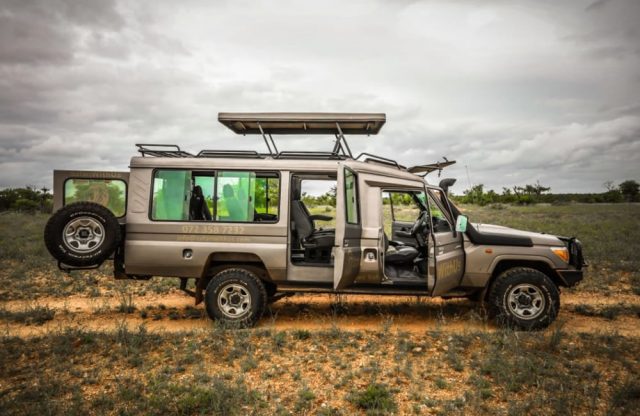
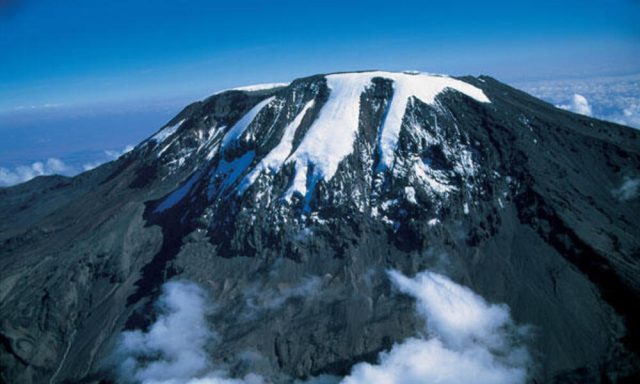
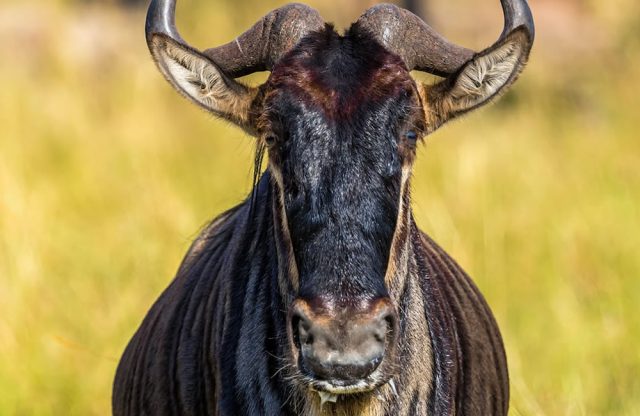
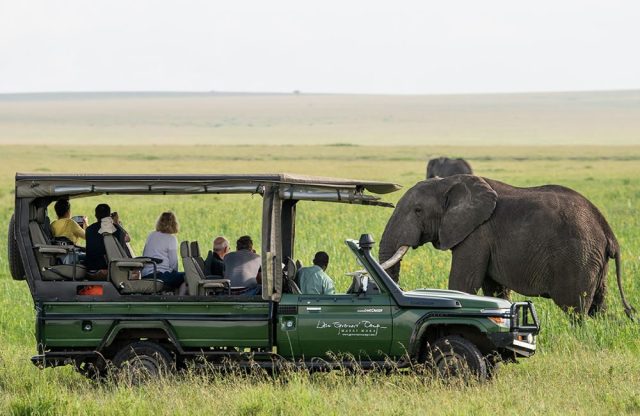
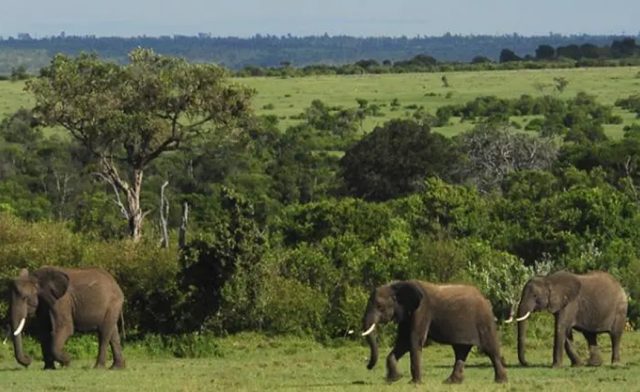
 Have breakfast early in the morning, and after, you will set off to
Have breakfast early in the morning, and after, you will set off to 